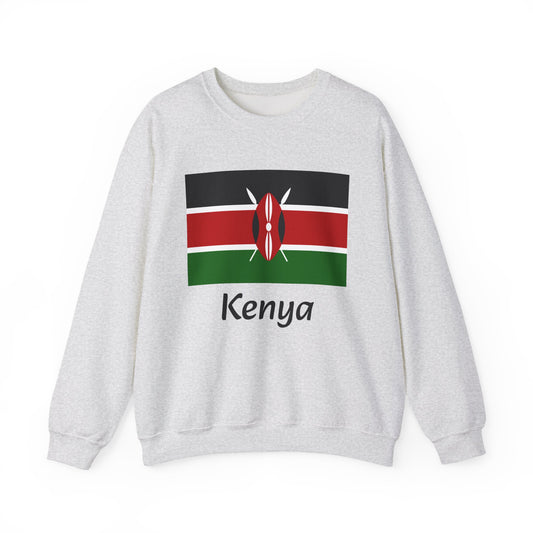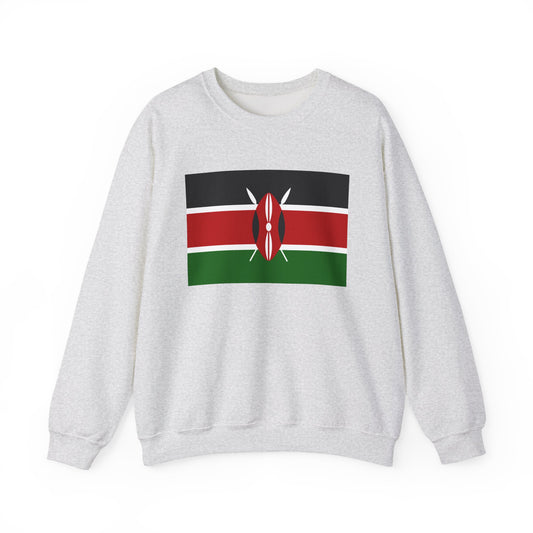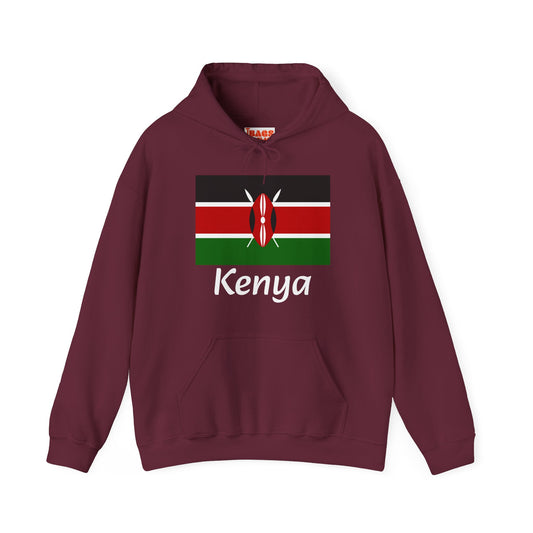-
Kenya Sweatshirt
Regular price $34.15 USDRegular priceUnit price / per -
Kenya Flag Sweatshirt
Regular price $34.15 USDRegular priceUnit price / per -
Kenyan Shield Sweatshirt
Regular price $34.15 USDRegular priceUnit price / per -
Kenya Pillow
Regular price $22.65 USDRegular priceUnit price / per -
Kenya Backpack
Regular price $59.79 USDRegular priceUnit price / per -
Kenya Leather Patch Hat
Regular price $18.85 USDRegular priceUnit price / per -
Kenya Trucker Cap
Regular price $14.90 USDRegular priceUnit price / per -
Kenya Hoodies
Regular price $34.40 USDRegular priceUnit price / per -
Kenya T-shirts
Regular price $22.79 USDRegular priceUnit price / per -
Kenya Flag Hoodies
Regular price $34.40 USDRegular priceUnit price / per -
Kenya Flag on T-shirt
Regular price $22.79 USDRegular priceUnit price / per -
Kenyan Shield Hoodie
Regular price $34.40 USDRegular priceUnit price / per -
Kenyan Shield Inspired T-shirt
Regular price $22.79 USDRegular priceUnit price / per -
Kenya Flag – 90x150 cm & 60x90 cm
Regular price From $36.26 USDRegular priceUnit price / per -
Kenya Flag – 90x150 cm (3x5 ft)
Regular price $37.44 USDRegular priceUnit price / per
Collection: Kenya
The Kenya flag symbolizes pride and unity for the East African nation. With its vibrant colors and unique design, the flag represents Kenya's rich history and cultural heritage.
Overview of the Kenya Flag's Design and Colors

The flag of Kenya is characterized by its bold and meaningful color scheme, arranged in three horizontal stripes. At the top is a black stripe, followed by a red stripe, and then a green stripe at the bottom, with white fimbriations separating each. This design is centered around a Maasai shield overlaying two crossed spears. The Maasai shield and spears are a powerful symbol, reflecting the country's dedication to protecting its sovereignty and cultural heritage.
Each color on the flag carries its weight in symbolism: black for the people of Kenya, red for the struggle for independence and the sacrifices made, green for the country's lush landscapes and agricultural wealth, and white fimbriations promoting peace and unity among Kenyans. This combination of elements and colors makes the flag a national emblem and a story of the nation's journey, struggles, and aspirations.
Historical Context: From Adoption to Today
The journey of the Kenya flag began with the nation's independence from British colonial rule. On December 12, 1963, a significant date marking the birth of a sovereign Kenya, the flag was officially hoisted for the first time, symbolizing the dawn of a new era. Initially, the design embraced only the basic stripes of color - black, red, and green, separated by narrow white bands. It was a direct adaptation of the Kenya African National Union (KANU) party's flag, pivotal in the struggle for independence. The emblematic Maasai shield and two crossed spears were incorporated into the flag later the same year, enriching the flag's symbolism with a nod to Kenya's cultural heritage and the courage of its people.
Over the decades, this flag has remained unchanged, steadfast in its original design, embodying the Kenyan people's aspirations, sacrifices, and unity. It has witnessed the nation's journey through growth, challenges, and milestones as a constant reminder of Kenya's sovereignty, diverse heritage, and the undying spirit of its people. The unwavering design of the flag, consistent since 1963, continues to be a source of national pride and identity, firmly holding its place in the hearts of Kenyans.
Symbolism Embodied in the Flag

Each component of the Kenya flag is steeped in meaning and meticulously chosen to represent the nation's journey, struggles, and aspirations. The uppermost black stripe is a powerful representation of the Kenyan people, showcasing the diversity and unity of the nation's inhabitants. Below it, the red stripe poignantly acknowledges the sacrifices made during the fight for independence, symbolizing the bloodshed by freedom fighters in their quest for sovereignty. The green stripe at the base of the flag paints a picture of Kenya's abundant natural beauty and agricultural prosperity, highlighting the country's fertile landscapes that sustain its people.
Interspersed with these vibrant colors are the white fimbriations, deliberate inclusions that promote peace and unity, aiming to weave together the fabric of Kenyan society by emphasizing harmony and togetherness. Central to the flag's design, the Maasai shield and crossed spears pay homage to Kenya's rich cultural heritage and underscore the collective commitment to protect and defend the nation's freedom and sovereignty. This intricate amalgamation of colors and symbols encapsulates the essence of Kenya's identity, reflecting its people's resilience, diversity, and unity, as well as their reverence for the land that sustains them and the heritage that defines them.
Current Relevance of the Kenya Flag
Today, Kenya's flag holds a significant place in the hearts of its citizens. It is a prominent symbol at various state functions, including independence celebrations, public holidays, and military parades. It flies high in schools, on public buildings, and during international sports events, epitomizing the nation's sovereignty and the unity of its people. Its usage extends beyond mere representation, crucial in fostering national pride and cohesion among Kenyans of diverse backgrounds.
While the flag is a source of pride, it has also sparked discussions on its representation and inclusivity of all ethnic groups within Kenya. These debates highlight the dynamic nature of national symbols in a changing society, pushing for a continuous evaluation of what these symbols stand for. Furthermore, the flag's elements, especially the Maasai shield and spears, ignite conversations about the importance of preserving cultural heritage and educating the youth about their nation's history and values.
Amid these discussions, the flag remains an essential element of Kenya's identity, symbolizing the past struggles and achievements and the aspirations for a united and prosperous future. Its presence at celebratory and solemn occasions underscores its importance in the national consciousness, reminding Kenyans and the world of the country's resilience and diversity.
Additional Facts: Protocols and Anecdotes
In adherence to Kenyan national etiquette, Kenya's flag is handled with the utmost respect. Specific guidelines dictate that the flag must consistently be elevated and lowered with a sense of reverence, ensuring it does not make contact with the ground. This practice emphasizes the flag's sanctity and the nation's reverence for its symbols of sovereignty. During periods of national mourning or to honor the memory of distinguished individuals, the flag is customarily flown at half-mast, serving as a poignant emblem of the country’s collective sorrow and respect.
An exciting facet of the flag's design is the Maasai shield and spears, a feature that not only celebrates Kenya's vibrant cultural heritage but also signifies the enduring spirit and resilience of its people. These elements of the flag are a testament to the importance Kenya places on acknowledging its past while navigating its future. The protocols surrounding the flag, along with the stories embedded within its symbols, contribute to its significance as more than a national emblem, but a narrative of the Kenyan journey.
































